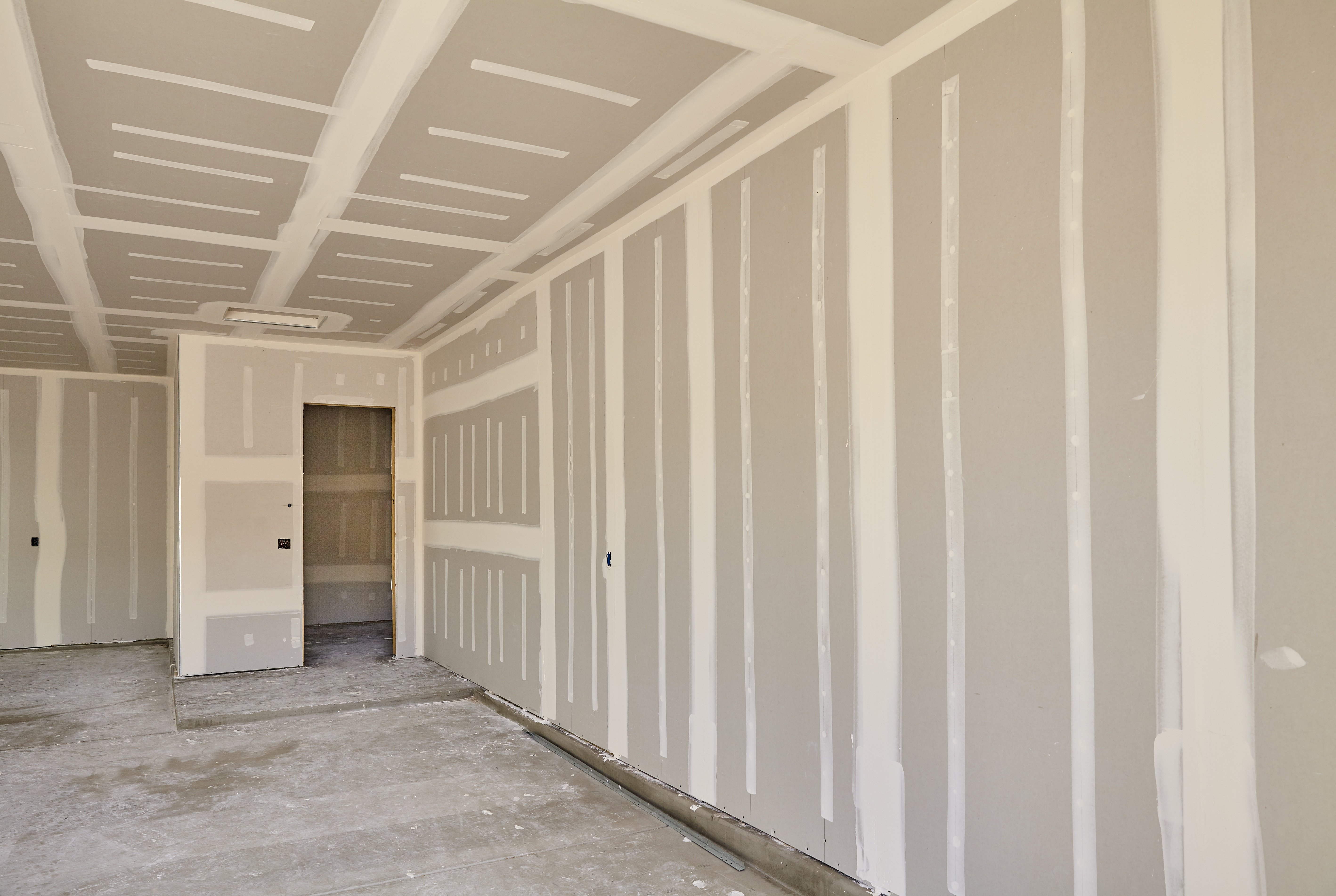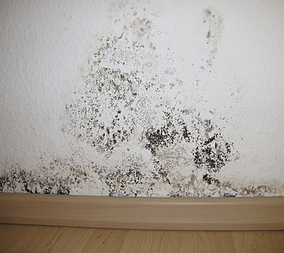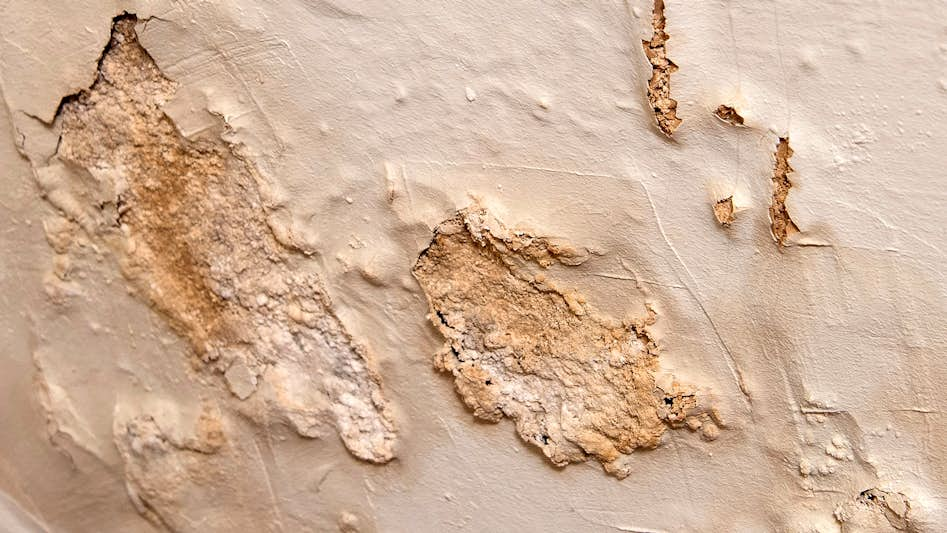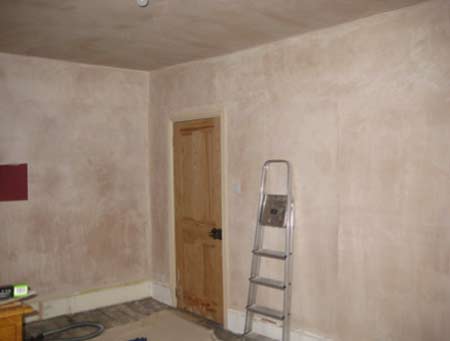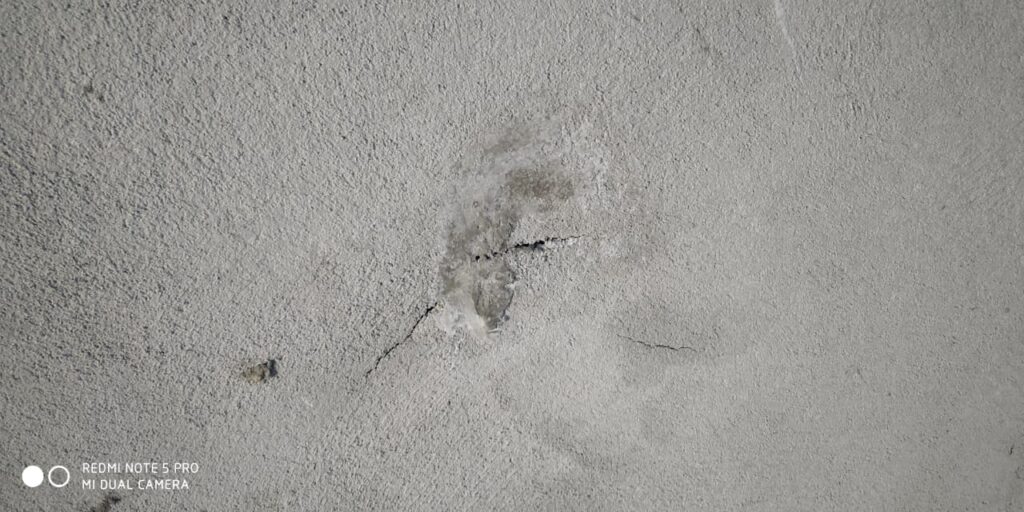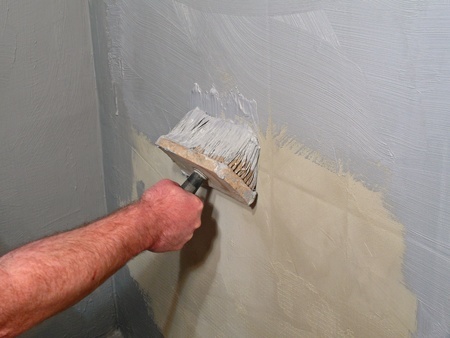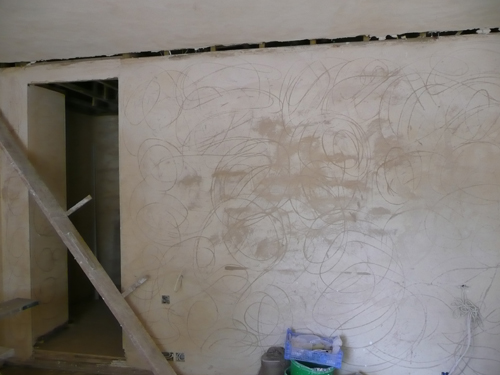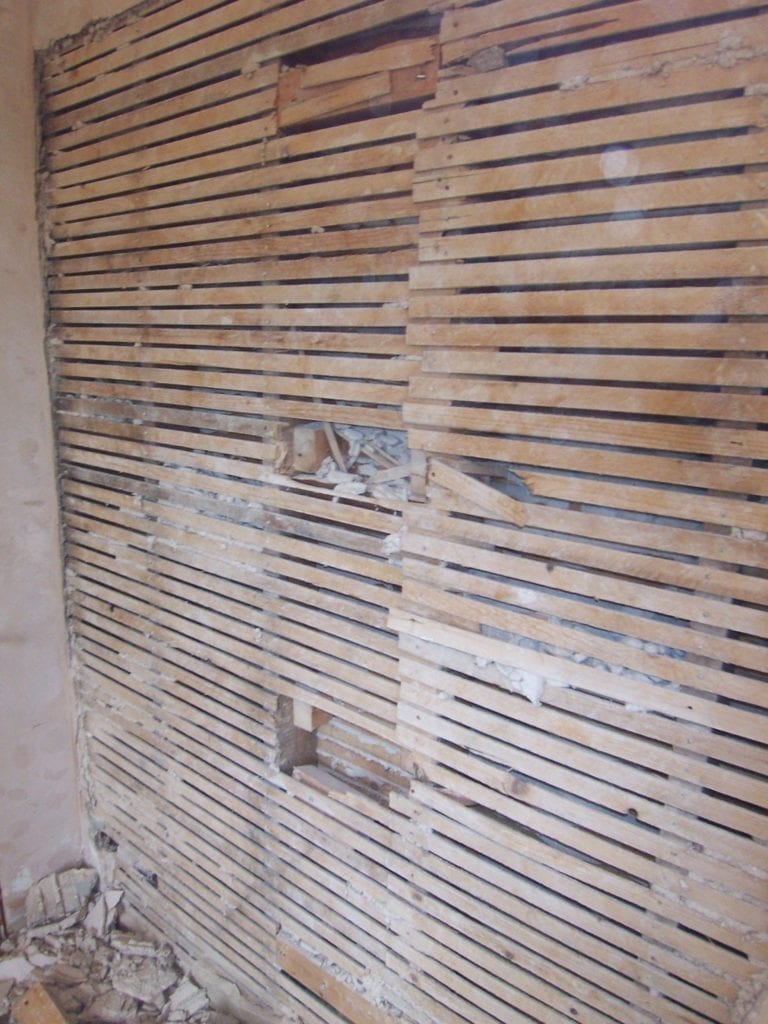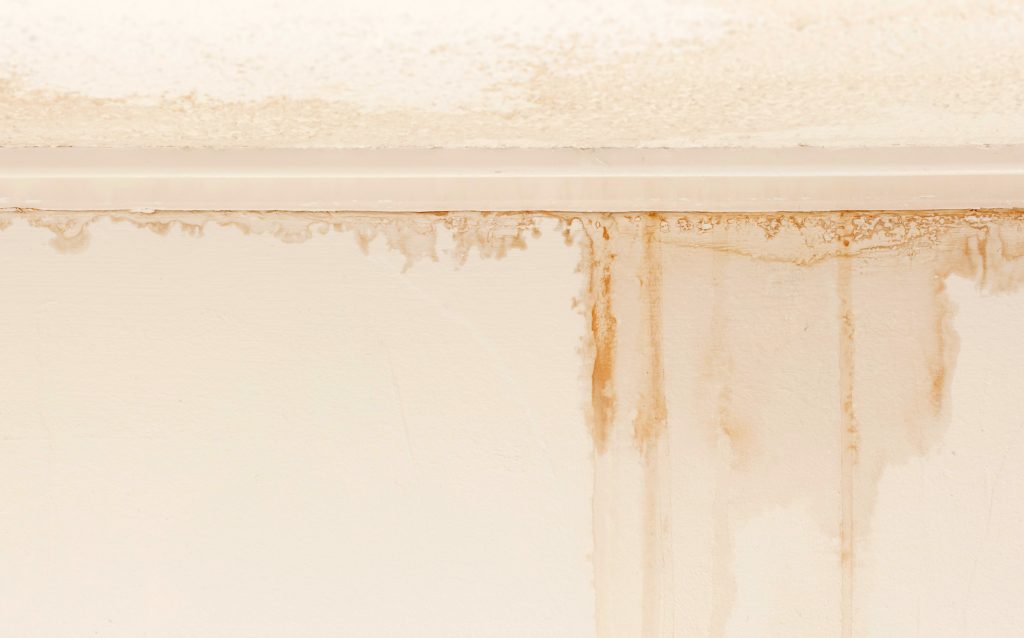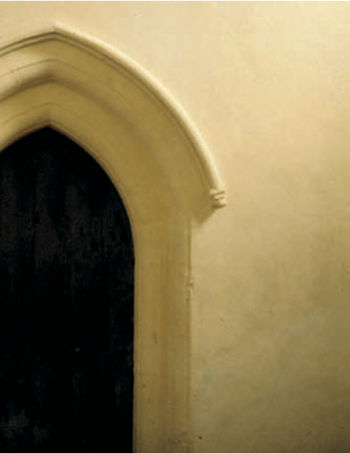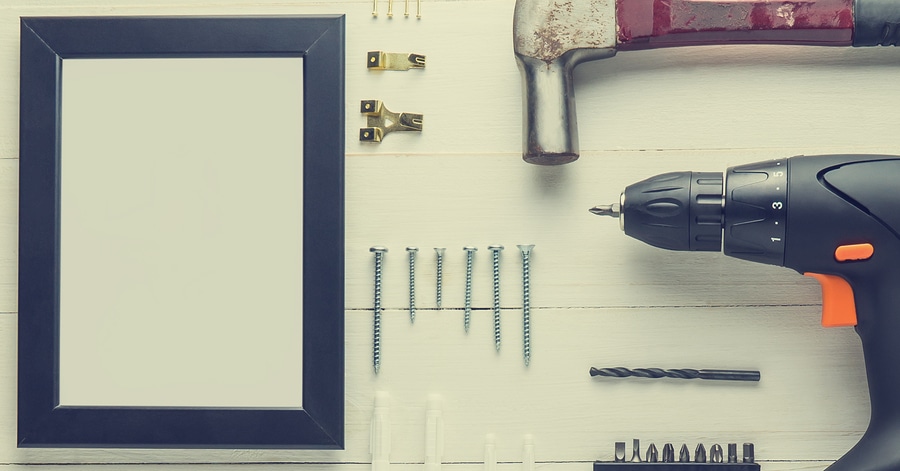The actual threshold depends on the length of time the high level of moisture has persisted the source and even the type of paint or coating used on the gypsum boards.
Acceptable moisture levels in plaster walls.
Readings over that indicate the likelihood of some free water but if there is really quite a lot of water say 35 or 60 showing on the meter for example then this needs investigating.
The readings the meter provides of up to about 1 on the drywall scale 20 wood are of most value since a tremendous change in conductivity occurs at around 2.
Example a timber skirting which records a moisture reading of 12 air dry the plaster could be around 0 5 and the brick about 1.
Zero moisture is unrealistic even wood used to frame a house contains some amount of moisture.
Readings are taken on a reference scale as it is only a relative degree of dampness.
Anything above 1 mc in drywall would indicate a level of moisture that could compromise the integrity of the gypsum board.
Any reading over 17 percent is considered to be an indication of saturation and the need to replace the drywall and to take preventative measures against future moisture buildup.
Calm down 20 24 in plaster is not a problem.
Normal readings measure between 7 and 13 percent.
A reading of up to 17 percent is generally considered moderate moisture and acceptable.
However older buildings may use other interior wall surfaces such as wooden paneling or plaster.
It is crucial not to quote these percentages as a moisture content of a wall.
A range of 5 to 12 percent is considered optimal.
Compare the reading to ideal moisture levels.
The human hand is not able to detect moisture anywhere near the 15 threshold.
And while these walls are built to be water repellant excessive water exposure over time can lead to moisture retention.
In severe conditions you may see higher readings of skirting 22 plaster 1 3 and brick around 2 5.


